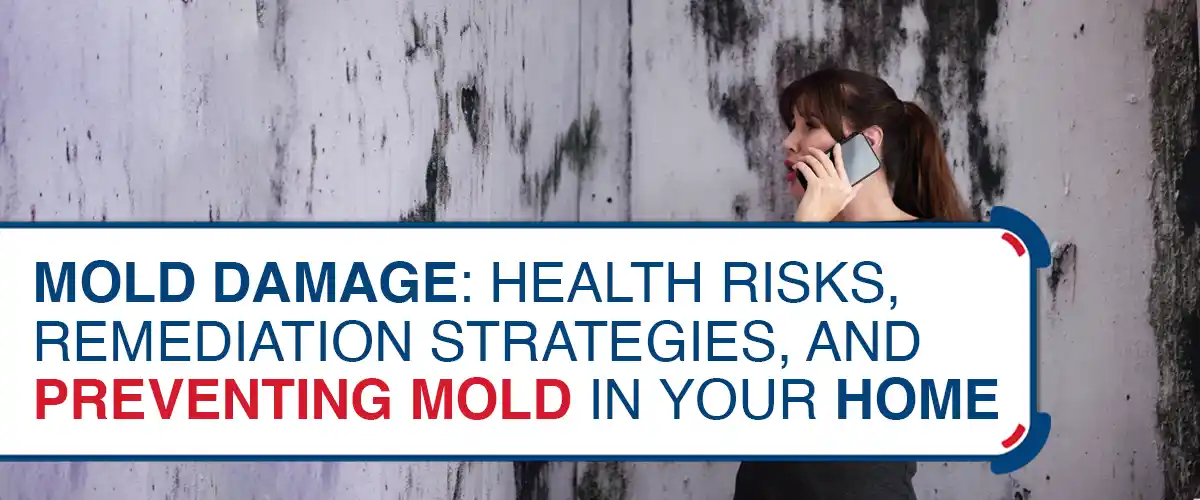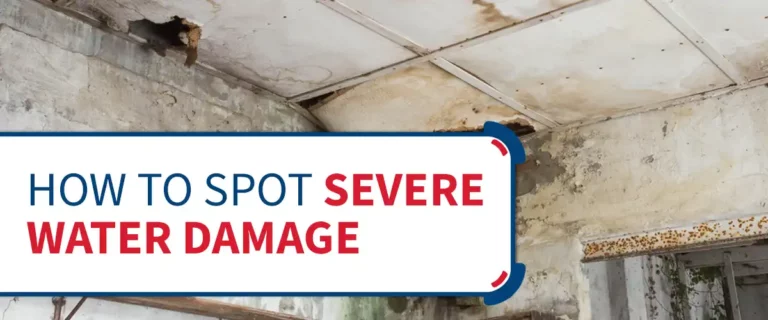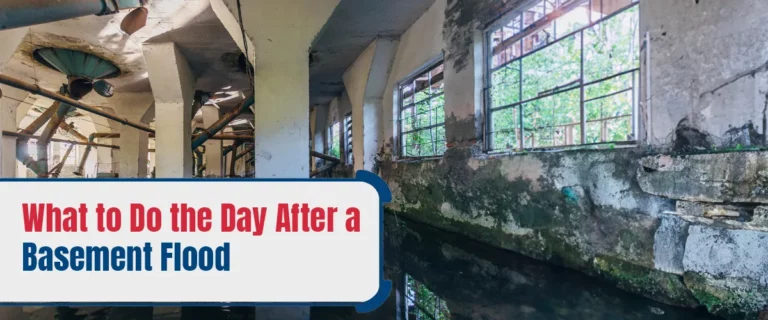Did you know an invisible invader could silently wreak havoc on your health and home? Meet mold, the stealthy fungus lurking and thriving in damp corners of your living spaces without notice. If left unchecked, this unyielding presence of mold can expose us to numerous health risks and trigger allergies and respiratory problems, all while it stealthily eats away at the structure of our home.
However, you can drop your worries while you read through this comprehensive guide about the dangers of mold, arming you with mold remediation strategies and enforcing preventative measures. We’ll tackle this tiny foe and safeguard your home and well-being.
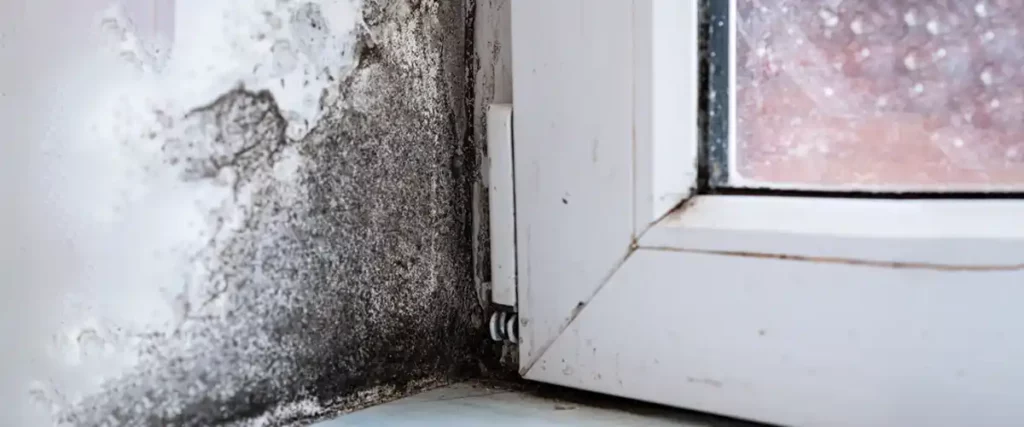
Understanding Mold Damage
Let’s first get acquainted with our enemy. Mold—a type of fungus—is nature’s decomposer, proficient in breaking down organic material. For example, mold, thriving in damp environments, reproduces enthusiastically and releases miniature, airborne spores. In particular, unchecked, it’s party time for mold, and you’re not on the guest list. Common types? Think of the unwashed Alternaria in your shower or the Aspergillus freeloading on your wallpaper.
Each class presents its unique dance of dangers when conditions are ripe for growth. And these health risks are not to be sniffed at. Moreover, mold exposure, invisible as it can be, exhibits a broad spectrum of symptoms, from the constant irritation of allergies to life-altering respiratory problems. Therefore, it’s high time to kick these unwanted guests to the curb!
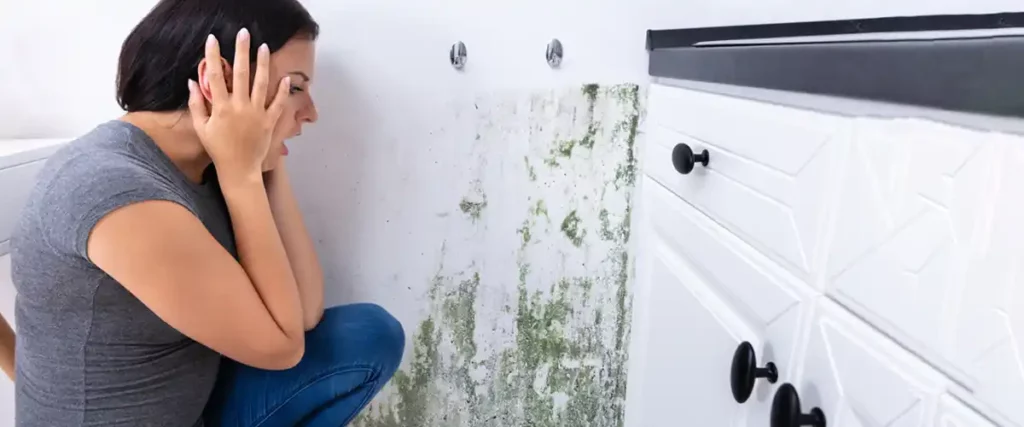
Recognizing the Signs of Mold Damage
How do you catch mold red-handed? The good news is that there are signs to tip you off. These include:
a. Visible Signs
Have you noticed suspicious discoloration or unsightly stains on your pristine walls and ceilings? Well, they’re not mere décor malfunctions—these signs could signal that a mold stowaway is holding an underground rave. It’s not just the eyes that can root them out—the nose knows, too. A musty, earthy odor is often a loud herald of a clandestine mold colony.
b. Health Symptoms
Mold not only hides but also leaves behind a trail of health clues. Effects of exposure can manifest as typical allergy symptoms, including an orchestra of sneezes, itchy skin rashes, and teary, irritated eyes. Some people might face more severe impacts when dealing with respiratory issues. It’s like living with an invisible smoke infestation—an unwelcome irritation at the least, inconveniently life-threatening at the worst.
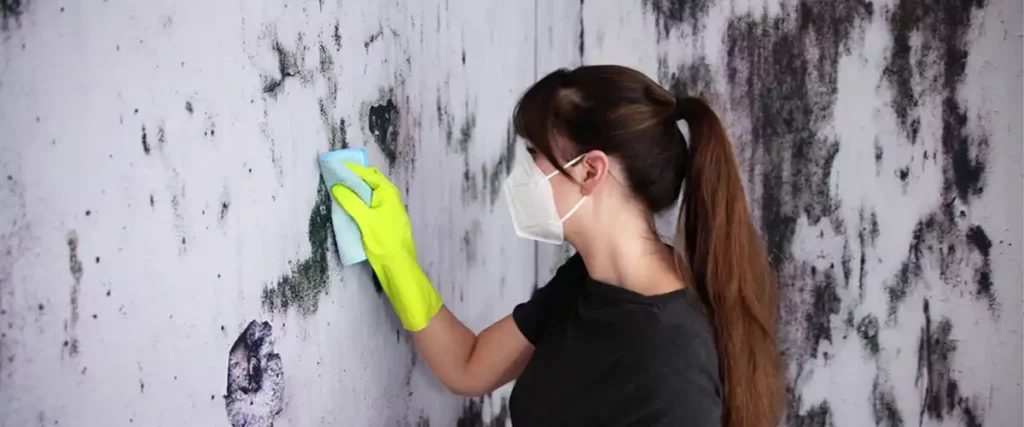
The Mold Remediation Process
Realizing you have a mold situation is just half the battle. The victory lies in effective remediation. It’s a step-by-step process that involves the following stages:
a. Immediate Response
When you suspect mold is boarding rent-free in your house, the first step is locating the moisture source. This first response is crucial because even if you fight against visible mold, it will return if moisture persists. Professional mold remediation services are well-equipped to identify the moisture source and lay safety measures to prevent further infestation.
b. Assessment of Mold Damage
After putting safety measures in place, professionals should assess the extent of mold damage. It involves thoroughly inspecting areas festering with mold colonies and documenting the scope of mold growth. This assessment aids in forming an effective remediation plan.
c. Mold Removal and Remediation Techniques
Depending on the severity of the situation, homeowners must choose between performing a DIY cleanup or hiring professional services. Yes, donning a superhero cape and tackling it yourself is an option. However, it’s wise to surrender to the professionals when the foe is formidable (or larger than 10 square feet, according to the EPA).
d. Dehumidification and Prevention of Future Growth
The mold removal cavalry doesn’t retreat after one victory. Also, to prevent a revolt from the defeated mold, you should include dehumidification in the remediation process—a sworn nemesis of moisture-loving molds.
e. Repairs and Restoration
With the mold marauders banished, the stage moves on to restoration and repair. Indeed, it involves replacing any materials claimed by mold and maintaining a proactive defense against future mold invasions.
f. Final Inspection and Testing
You will be due for a victory dance once you thoroughly complete the mold remediation process. A final inspection and testing confirm the fortress is clear, easing the mind and the lungs.
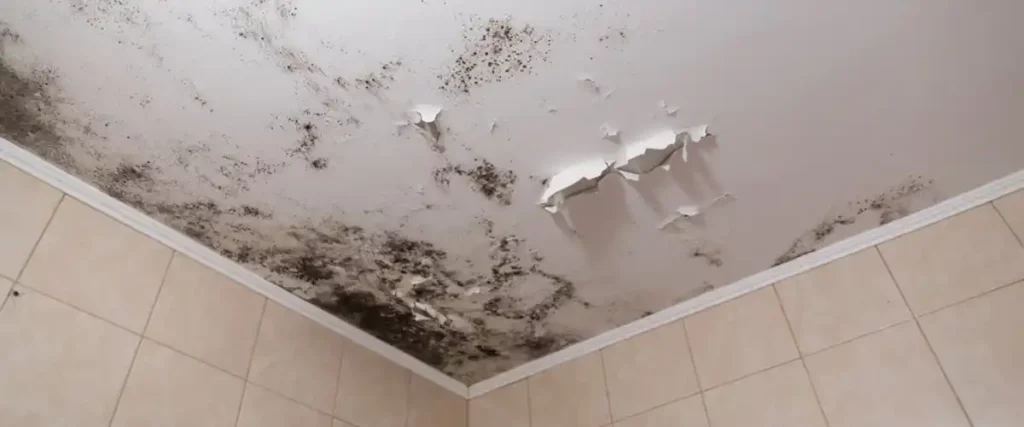
Preventing Mold in Your Home
People often express that ‘Prevention is better than cure,’ and mold exemplifies this adage. To illustrate, preventing mold growth in your home begins with taking proactive measures to create a less hospitable environment for mold to thrive. In particular, to curb mold growth, homeowners should focus on controlling indoor humidity, ensuring proper ventilation, and vigilantly addressing water leaks. Furthermore, using a dehumidifier and air conditioner can help maintain the desired humidity levels below 60%, and in addition, employing hygrometers can aid with monitoring these levels.
Moreover, proper home maintenance plays a vital role in mold prevention. Keep gutters and downspouts clear, maintain the roof, and resolve potential water entry points. Consider using mold-resistant materials such as drywall, paint, and insulation when constructing or renovating. This all-rounded defensive strategy can help protect your home from mold-related issues and keep it clean and healthy.
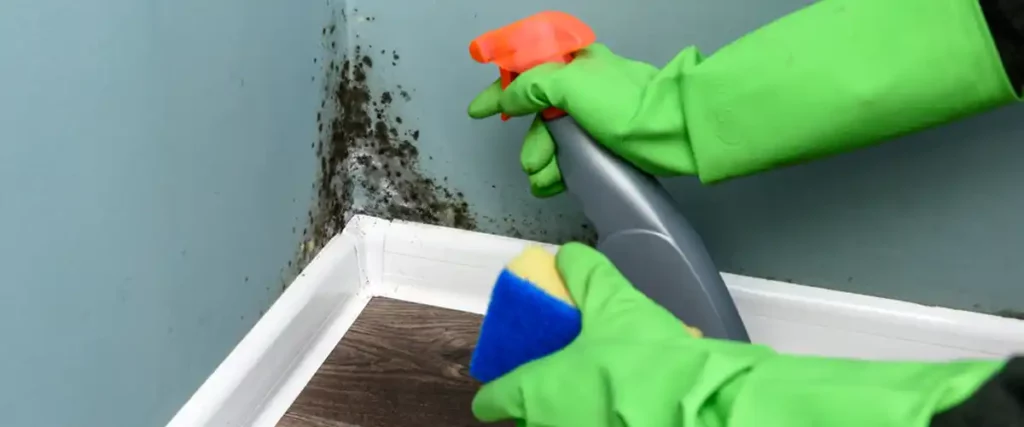
DIY Mold Removal Tips
For the brave-hearted, the DIY route for mold remediation can be a rewarding challenge. As a self-sufficient homeowner, you can tackle mold with determination and caution. However, following safety protocols to minimize potential health risks and ensure effective mold removal is crucial. Invest in protective gear, such as gloves, a mask, and goggles, to shield yourself from mold spores while working.
Before starting the remediation process:
- Educate yourself about the mold type and proper cleaning techniques, as different molds may require specific treatments.
- Implement precautionary measures to prevent future mold growth by addressing the root cause—whether a leak, humidity, or poor ventilation.
- While executing the DIY mold removal, ensure proper ventilation and never mix different cleaning solutions since they may produce harmful fumes.
Lastly, remember to refer severe mold infestations to professionals. If you suspect a significant mold problem, do not hesitate to seek expert advice and intervention—contact mold removal professionals in Kansas City for comprehensive solutions tailored to your unique situation.
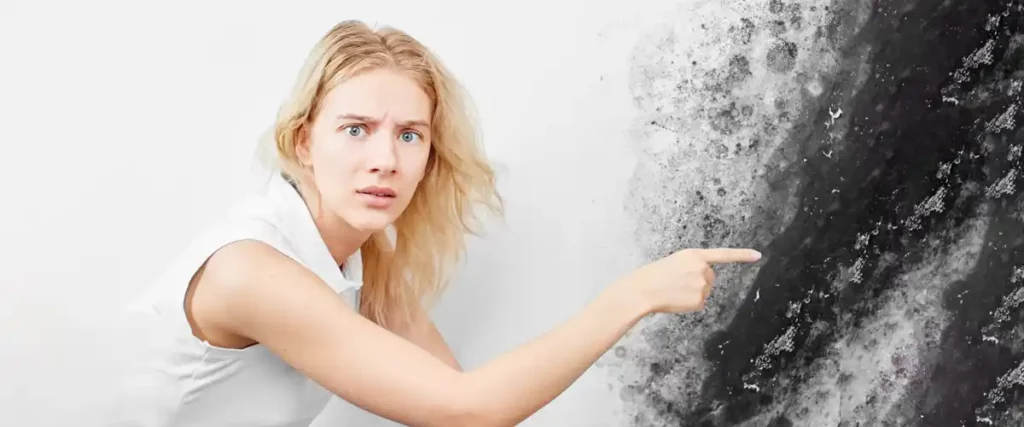
Take a Stand Against Mold!
Nurturing a safe and healthy haven is our ultimate responsibility in caring for our homes and well-being, and warding off hidden threats cannot go unnoticed. Knowledge, keen observation, and proactive action are the cornerstones to tackling mold infestations successfully. Keeping your home mold-free is vital to maintaining its beauty, resilience, and security.
So, don’t let mold stand between you and the sanctuary that your home exudes. Are you ready to stand up to this invisible intruder, enlighten your castle with wellness, and fortify it against the shadows of lurking mold?
References:
- Mold | CDC. (n.d.). Retrieved from https://www.cdc.gov/mold/
- Mold allergy – Symptoms & causes – Mayo Clinic. (2021, June 21). Retrieved from https://www.mayoclinic.org/diseases-conditions/mold-allergy/symptoms-causes/syc-20351519
- Mold remediation in schools and Commercial Buildings Guide: Chapter 1 | US EPA. (2023, June 27). Retrieved from https://www.epa.gov/mold/mold-remediation-schools-and-commercial-buildings-guide-chapter-1


